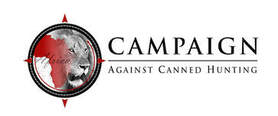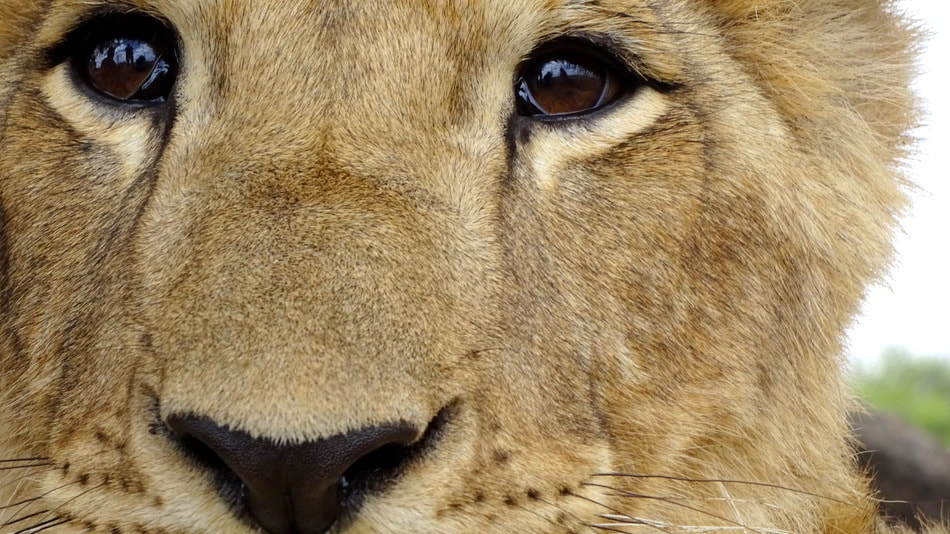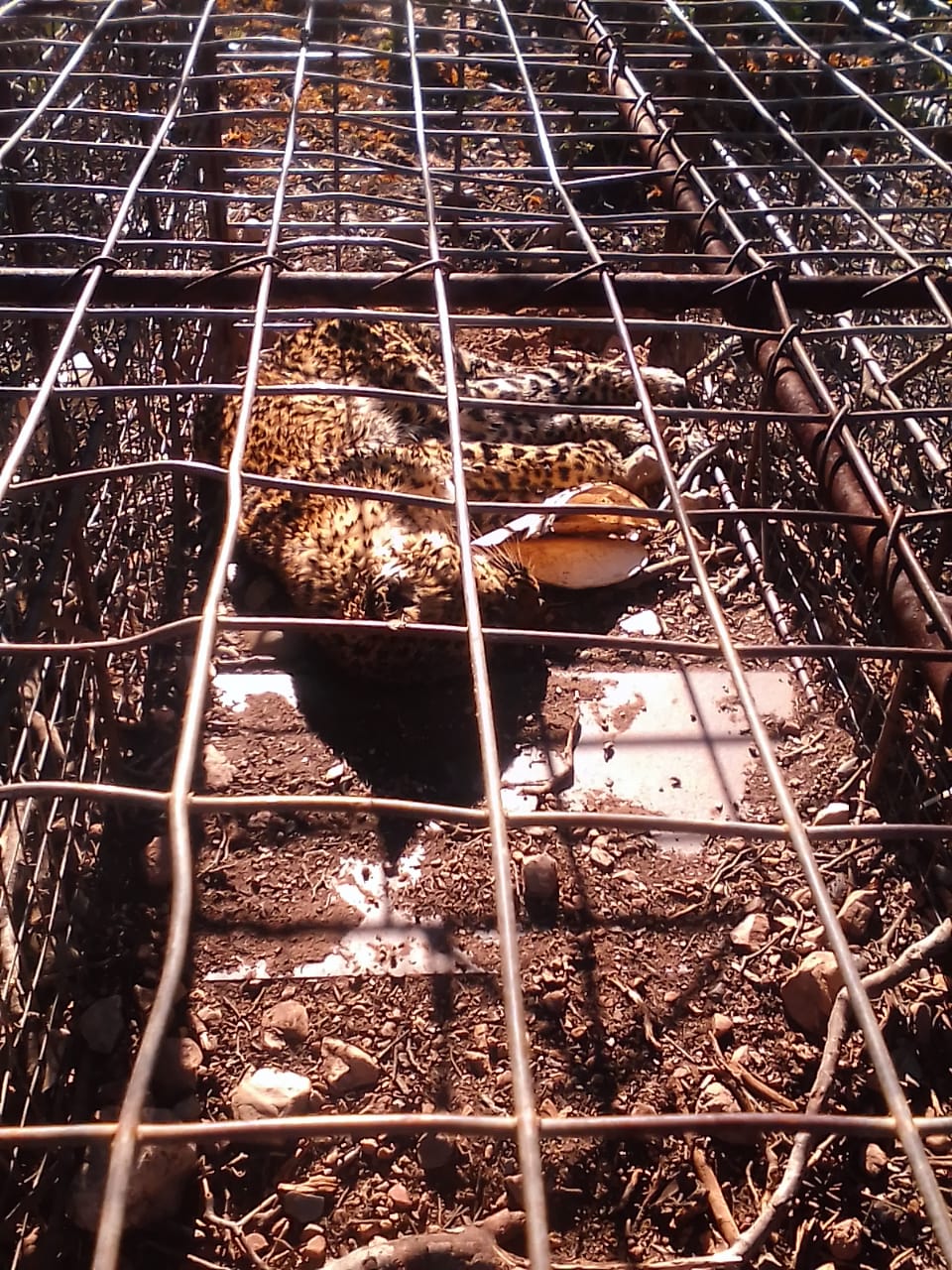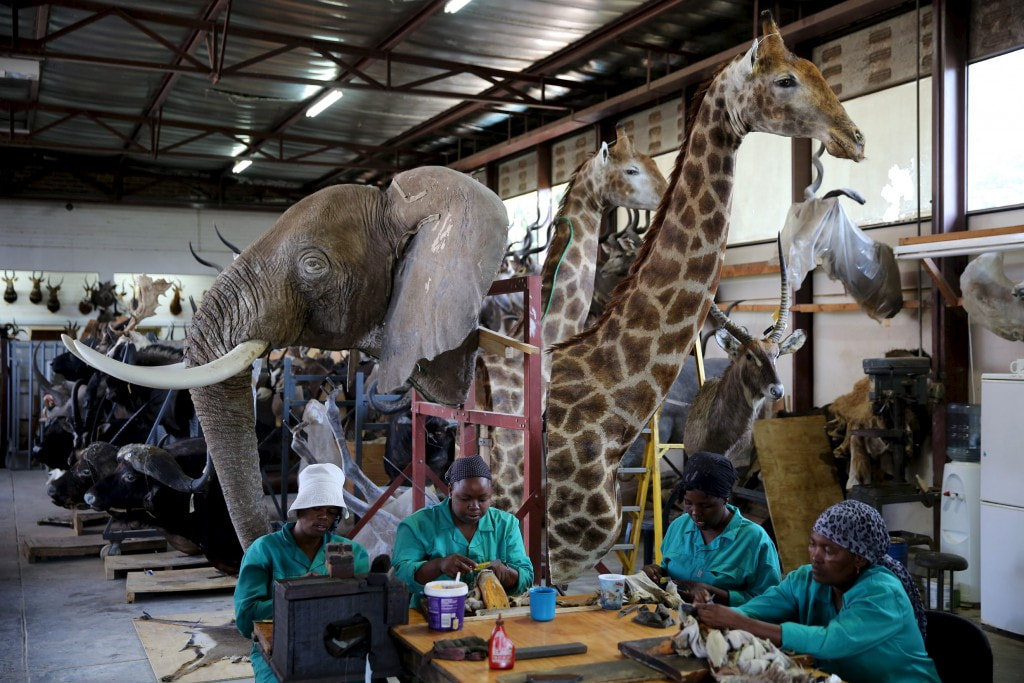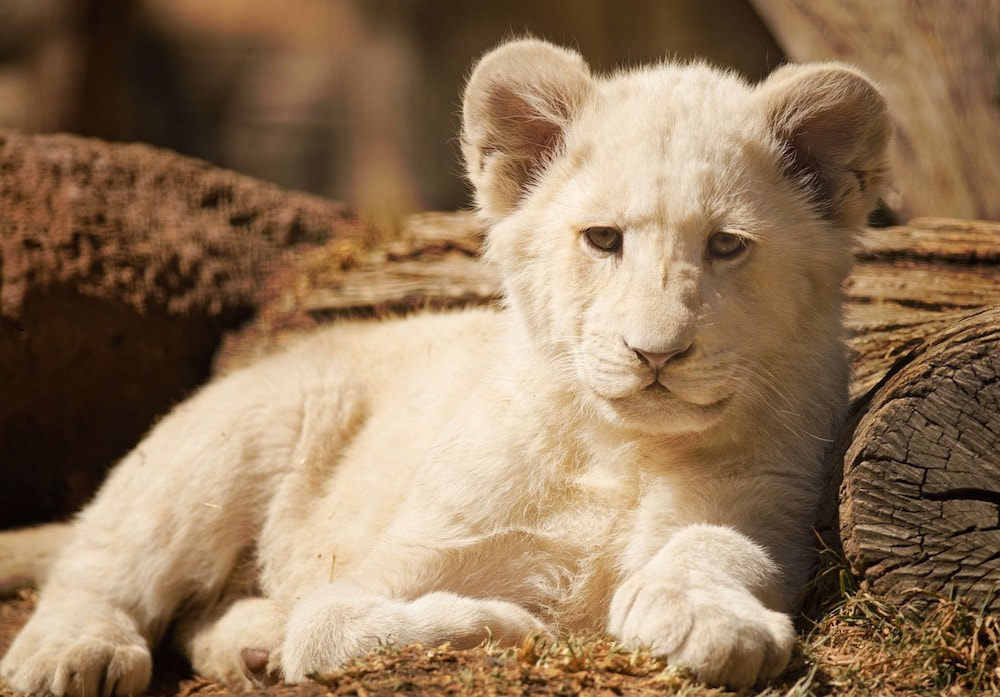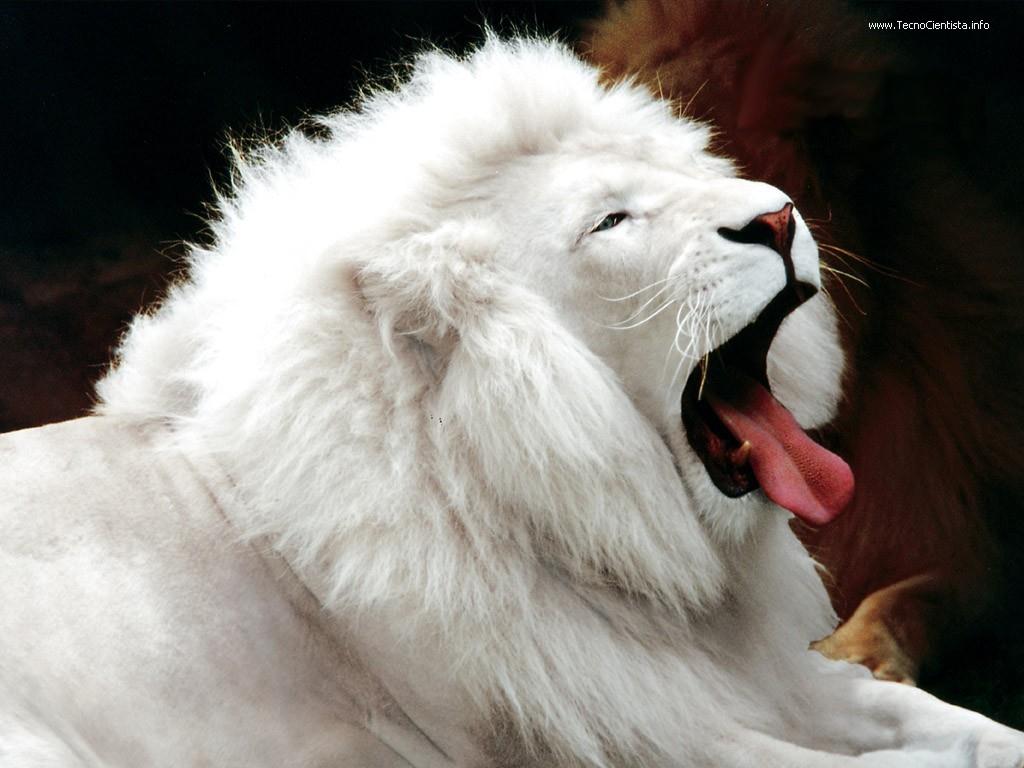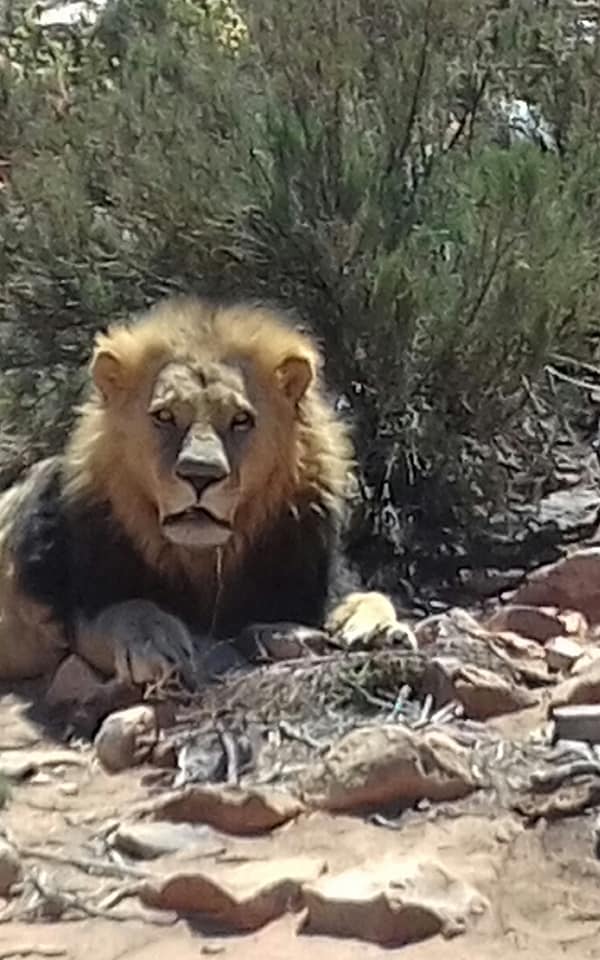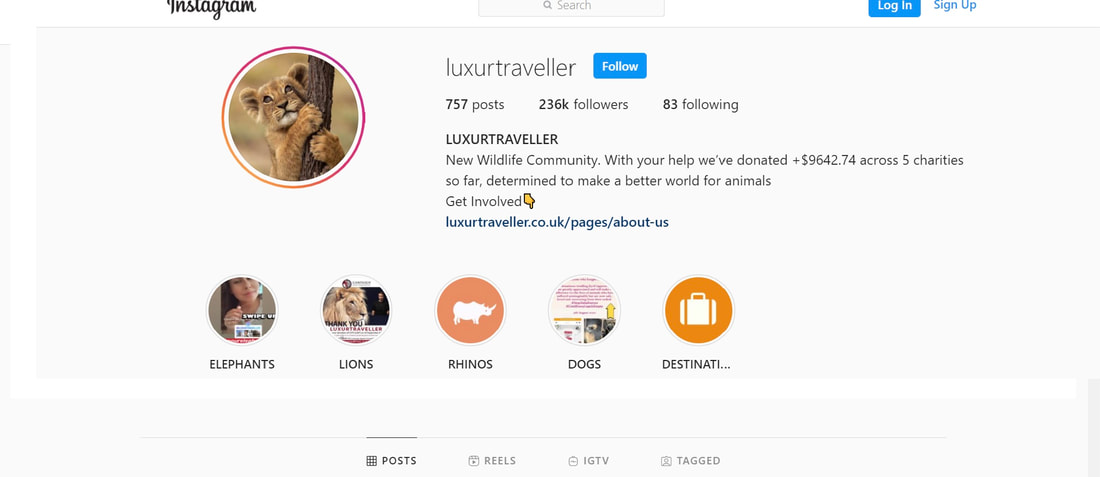Dear Honourable Minister Creecy,
In 2021 your Ministry announced they wanted to stop the captive breeding and exploitation of lions
in South Africa. A bold step for which we applaud you. The waiting is now on a phase-out plan of
this industry and a plan for the thousands of captive bred lions on the many farms which are mostly
spread in the North-West Province and Free State. There are two captive bred lions which have had
media attention in the past and have given an individual face to these thousands of lions. They are
called Mufasa and Soraya.
Mufasa was confiscated from people keeping him without a permit at the end of 2015 and he was
handed over to the Wildforlife Rehabilitation Centre in the North-West Province. It was understood
that he would go to a sanctuary at the end of legal proceedings against the previous owners. At the
time, he was teamed up with a lioness named Soraya, which also came from the captive breeding
industry, and both lions have formed a very close bond.
At the end of legal proceedings in 2017, the Wildforlife Rehabilitation Centre was informed by the
North West Department of Economic development, Environment, Conservation and Tourism
(previously known as READ and further on referred to as The NW Department) that Soraya could
move to a sanctuary but that Mufasa would be sold on auction. This would leave Mufasa, a white
lion, open to the possibility of entering the captive lion hunting/canned hunting industry.
Wildforlife Rehabilitation Centre, represented by Tjitske Schouwstra, initiated legal proceedings to
prevent Mufasa was handed over to the NW Department and instead, to have these lions moved to
a NSPCA registered sanctuary. To this date, years later, Mrs Tjitske Schouwstra and the NW
Department, are stuck in legal proceedings which could take up many more years to come.
The story is long so we don’t want to mention this all in this letter but it can be read in the attached
document. What it comes down to is that the NW Department is not willing to give permission for
both lions to leave the NW Province and go to a NSPCA registered sanctuary, although there is a
valid import permit for a NSPCA approved facility in Limpopo who wants to take the two lions in
their care permanently. End of 2022, an agreement was made between the two parties that the
lions would be moved under a governmental permit, meaning the status quo would remain as it is,
and that Mufasa and Soraya could be temporarily moved to this NSPCA registered sanctuary while
legal proceedings carried on. The NW department applied for import permits from the government
of Limpopo, who would, in request of the North West department, keep a regular eye on the lions.
This permit was approved in early January this year, but on the 10th of March 2023, Mrs Tjitske
Schouwstra was informed that the NW Department refused to let the lions leave the North-West
Province until the appeal has been heard.
We are puzzled.....
As we understand, the NW Department wants to propose wildlife facilities in the NW Province in
which they want to accommodate these two lions. As you know, there are major differences
between these wildlife facilities and NSPCA registered sanctuaries. There are no NSPCA registered
lion sanctuaries in the North-West Province.
Stichting SPOTS │ LP van Mallandstraat 46 │4754 AP Stampersgat │
[email protected] │https://stichtingspots.nl/│0031 (0)6 40947232
Plea for intervention
In their briefing from 12th March 2019 on the implementation of the Colloquium on captive lion
breeding, the portfolio committee on Environmental affairs published the results of inspections
conducted on breeding facilities in four Provinces. In the North West Province, 20 of the 74 facilities
inspected were found to be in non-compliance with TOPS regulations. Although some of these
facilities were brought back into compliance, some only had their permits reinstated and three of
the facilities were sold to the NW Provincial Government. To us this gives a very odd feeling. With
the proposal of the DFFE to shut down the captive lion breeding industry and canned hunting, why
does the North-West Government invest in lion breeding farms when it is supposed to pursue to
end the activity as per Parliamentary resolution?
Under its Roma Nna Legacy foundation program, the NW Department mentions annual wildlife
auctions as a revenue generating income stream of which proceeds would contribute to the legacy
fund. The catalogue for the 2022 Mebala ya rona Biodiversity hunting and culling auction shows a
trophy hunt for a female lioness on pg. 10, as well as trophy hunts for a lioness and a male lion on
pg. 27 and a trophy hunt for a male lion on pg. 28. Similar packages were available in the catalogues
for 2017 to 2019 whereas the catalogue for 2019 also contained the auction of two cubs.
With all mentioned above, we have no trust in the NW Department’s willingness to let the two lions
be moved to the NSPCA registered sanctuary in Limpopo, who is eager to take them. We think it’s
very well possible these two lions, when handed over to the North West Authorities, could end up
in a catalogue for trophy hunting. Or end up in a non-registered NSPCA sanctuary. We really don’t
understand all of this. There is a NSPCA registered sanctuary who is willing to take these two lions.
Instead the NW Department seems to settle for legal proceedings which might take up years. This is
certainly not in the best interest of the two lions but we also think it’s difficult to explain to the
citizens of South Africa who factually pay for the legal costs of all these unnecessary legal
proceedings.
It sincerely makes us wonder why the North-West Provincial government is handling this subject of
the two lions in the way they do. We don’t understand why so much effort and money is spent on
these two lions whilst there is a NSPCA registered sanctuary available for them. To be honest; we
get a very awkward feeling with this and we think we will not be the only ones not understanding it.
We also think this policy is in contradiction with your efforts to stop the captive breeding and
exploitation of lions in your country. It is certainly not helping to restore the good name of South
Africa.
We therefore urgently plead with you to intervene in this case, so that these two lions can go to the
NSPCA registered sanctuary which has been available for them for years. It would at least erase any
doubts whether South Africa is really willing to stop the exploitation of lions in her country.
We are looking forward to hear from you on this matter,
Yours sincerely,
Simone Eckhardt, CEO stichting SPOTS (Netherlands)
LP van Mallandstraat 46, 4754 AP Stampersgat, Netherlands
Tel: 0031 (0)6 40947232
Mail: [email protected]
Stichting SPOTS │ LP van Mallandstraat 46 │4754 AP Stampersgat │
[email protected] │https://stichtingspots.nl/│0031 (0)6 40947232
Plea for intervention
Co-signed by
Chris Mercer, Director Campaign Against Canned Hunting (South Africa)
Faye Peeters, Director Campaign Against Canned Hunting (Germany)
Julie Lasne, Director Campaign Against Canned Hunting (France)
